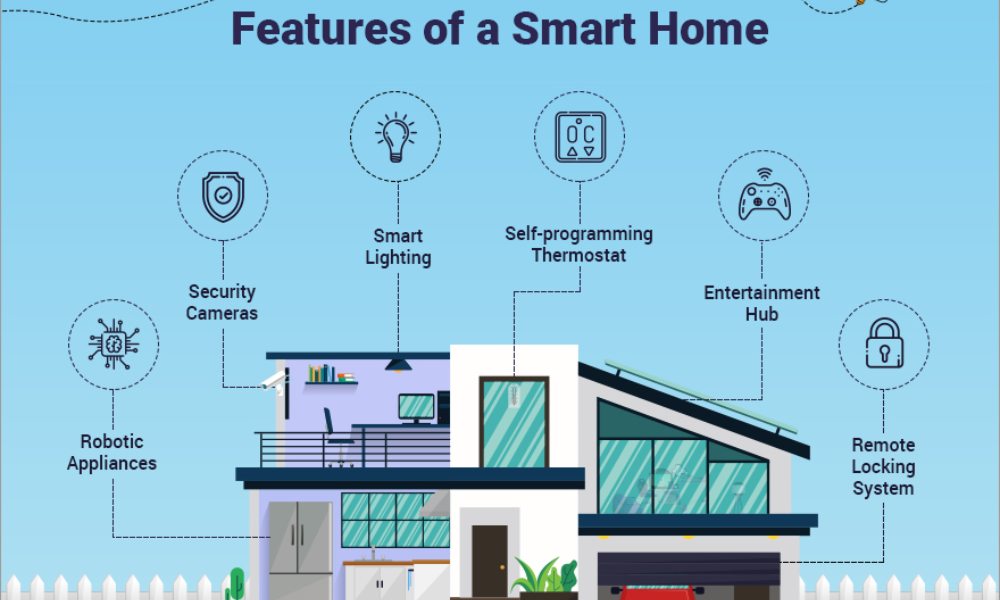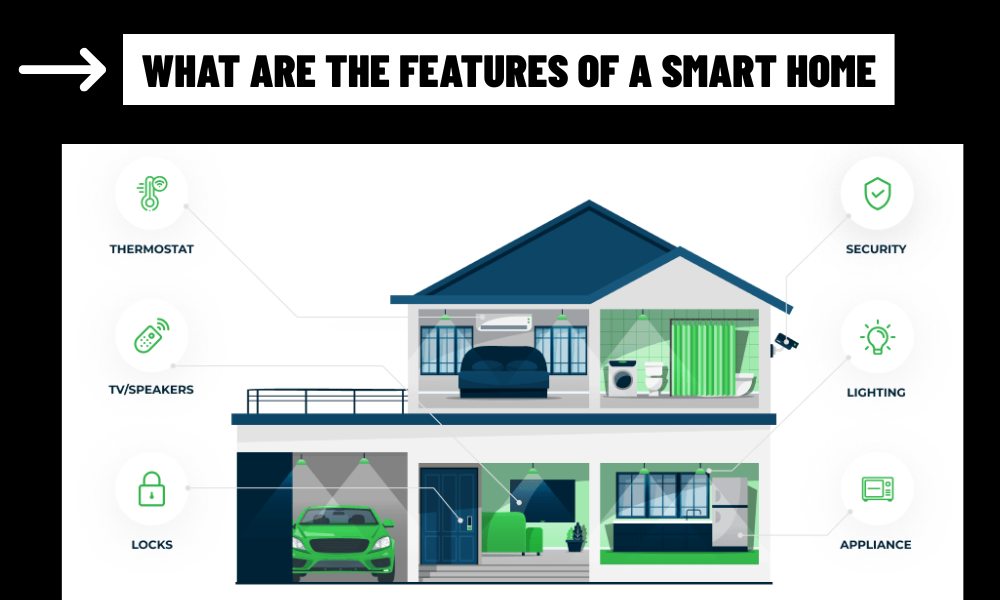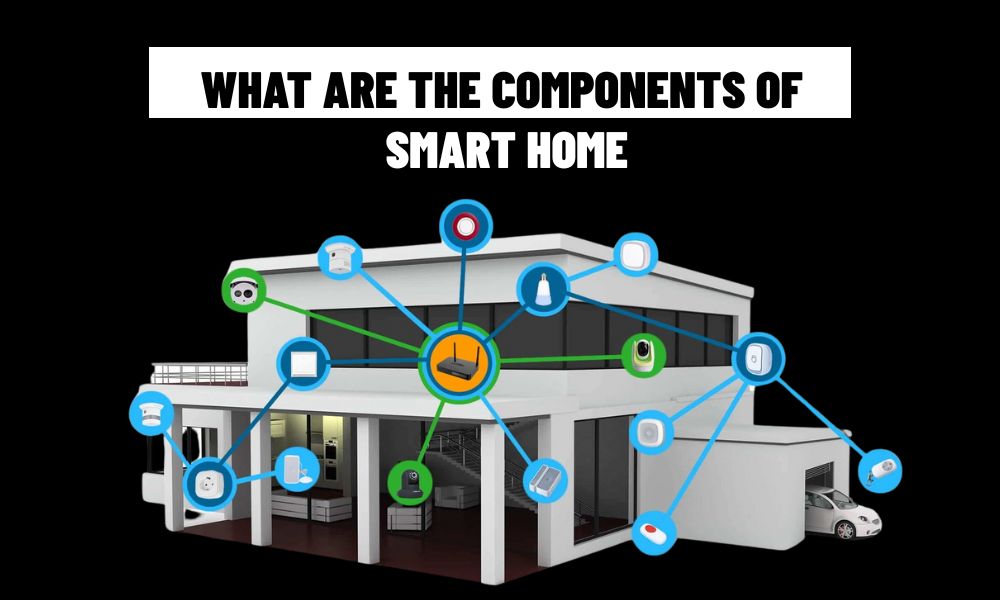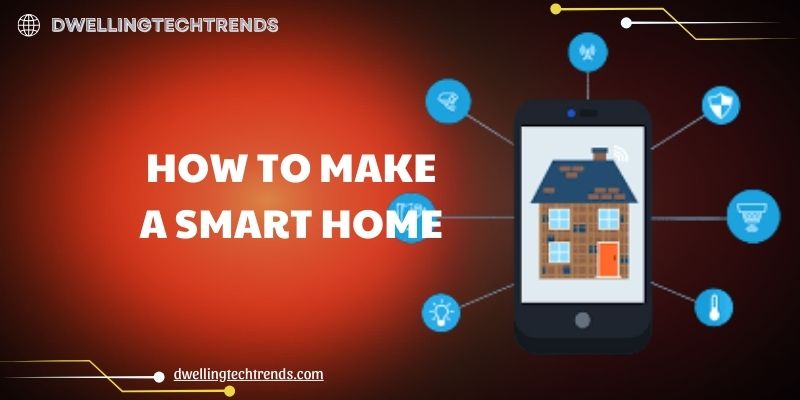Contents
What Are the Features of a Smart Home?
In today’s digital era, the concept of a smart home has moved from novelty to necessity. Whether you’re living in a city apartment or a suburban house, integrating smart technologies into your home environment is no longer just about convenience — it’s about control, efficiency, and adaptability. Still, many homeowners and new buyers ask the same question: What are the features of a smart home?
Rather than simply listing devices or functions, it’s more useful to explore how smart homes are designed to think, respond, and evolve around the people who live in them.
The Foundation of Smart Living
At the core of every smart home is connectivity. But this isn’t just about Wi-Fi or internet access — it’s about systems that communicate and respond intelligently. When someone wonders what are the features of a smart home, they are essentially asking how these technologies work together to simplify life.
The answer begins with integration. In a smart home, devices are not isolated tools but parts of a unified network. A door sensor doesn’t just alert you when it opens; it can also trigger lights to turn on or cameras to start recording. A thermostat doesn’t just change the temperature; it learns your habits and adjusts automatically, saving energy without sacrificing comfort.
Beyond Convenience: Learning and Automation
Smart homes are designed to anticipate, not just respond. What once required manual control — adjusting lighting, setting alarms, programming appliances — is now governed by automation and, increasingly, machine learning.
These systems observe patterns: when you come home, how you use energy, what areas you access most. Over time, they adapt. This means your environment begins to align with your needs without constant input. So when people ask what are the features of a smart home, they should think beyond devices to intelligent behavior.

Security That Thinks Ahead
Traditional home security focused on reaction — alarms sounding after a breach, cameras capturing footage for later review. Smart home security shifts this paradigm to prevention. Cameras with AI can distinguish between motion caused by a pet versus a stranger. Doorbells offer real-time video and audio. Smart locks allow you to control access remotely and monitor entry logs.
But security in a smart home isn’t limited to crime prevention. It also includes health and safety: smoke detection, water leakage alerts, or even air quality monitoring. These systems work quietly in the background, alerting you to threats before they become emergencies.
Energy That Manages Itself
Another critical feature is energy efficiency — not as a passive consequence but as an intentional design. Smart thermostats don’t just follow schedules; they optimize performance based on your lifestyle and external conditions. Lighting systems react to daylight levels or occupancy. Appliances run when energy is cheapest.
These are not just cost-saving conveniences; they represent a shift in how we consume resources. And again, if someone asks what are the features of a smart home, this ability to conserve without compromising comfort is a key part of the answer.
The Personal Touch: Customization and Accessibility
Smart homes are as much about personalization as they are about automation. Whether it’s the temperature of a room, the lighting tone, or the way information is presented, everything can be tailored to individual preferences. For households with children, elderly family members, or people with disabilities, smart home features can offer greater independence and safer living conditions.
Voice control, app interfaces, and even gesture-based commands allow users to interact with their environment in the way that suits them best. In this sense, a smart home doesn’t just respond to your commands — it respects your routines.
Smarter by Design, Not by Devices
To truly answer the question — what are the features of a smart home — one must look beyond gadgets. A smart home is a system of thoughtful interactions between technology and lifestyle. It learns, adapts, and responds in real time. It protects, it saves, and it personalizes. It does not just contain smart things — it is smart.
Whether you’re upgrading your space or starting from scratch, investing in smart home infrastructure is no longer just about staying current. It’s about creating a living environment that works with you, not just for you.



